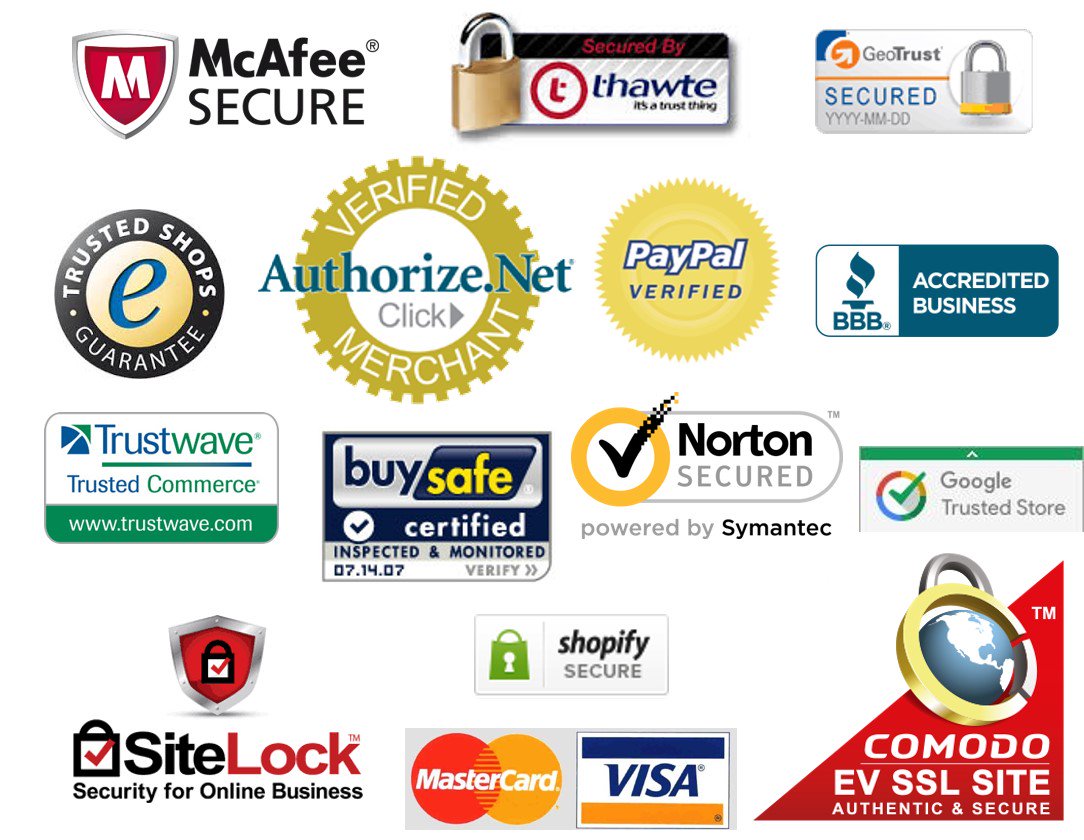Is your e-commerce or B2B website holding you back?
If you run an e-commerce or B2B site, you’re probably aware that there’s a positive correlation between a good user interface (UI) and a great user experience (UX).
It’s important to offer your visitors an experience they feel comfortable with and would love to return to time and again. After all, you want them to spend as much time as possible on your site, browsing your offerings and familiarising themselves with your brand.
Good UI/UX is good for SEO
Let’s not forget, that ‘time on page’ is an important SEO metric. The longer visitors dwell on your site before leaving, the better. Keeping your visitors entertained and giving them things to do will offset the negative effects of a high bounce rate as it lets Google know the content on the landing page was relevant.
We recently came across this cool infographic by the kind folks at GetElastic. I’d like to highlight a few of the main points and share my perspective.
Navigation
Logical and efficient site navigation is crucial to a good user experience. Only include menu items that visitors are generally interested in. Dropdown menus are an easy way to cram more links, but they are less desirable on mobile devices. If you have way too many links, try moving a couple to the website footer or place them in a sidebar. Tip: When designing your website, think ‘mobile first’ and you’ll probably end up with a better (less cluttered) desktop experience.
Site Search
Site search is one of the most overlooked elements of any site. The argument against search boxes usually goes something like this, “there’s no space for it on the site,” or my favourite, “we don’t need it, everything can be found easily enough.” It is often thought that search boxes are only necessary on webshops and that more informative B2B sites wouldn’t need them. However, many people use site search. It helps them find what they are looking for, without having to navigate through the site structure. Especially if they’ve visited your site before, and know the content exists, the search will help them get there faster.
Avoid slideshows
Slideshows and carousels have worn their welcome. They take up a lot of valuable real estate and few people have the patience for them. Generally, visitors just scroll past slideshows without paying attention. Studies have also shown that people who do notice them, only remember the first slide. So, how about just placing a fixed image and sharing one well-crafted message?

Once you have your UI/UX down, it’s time to use a bit of persuasion.
Persuasion
If people don’t want it enough, show them why it’s scarce. Richard Cialdini is the leading authority on persuasion. Of course, he wrote a book on it. In ‘Influence,’ Cialdini lays out his six scientifically validated principles of persuasion.
- Reciprocity
- Consistency
- Consensus
- Liking
- Authority
- Scarcity
Let’s take a closer look at three of these principles and how to implement them throughout your website.
Consensus
Consensus is social proof or word of mouth. People trust each other a lot more than they trust brands. Make sure to add or allow reviews and testimonials on your product pages. You should never be afraid of reviews. Though some might be unfair, most will always be true. After all, if a product you’re selling overwhelmingly has negative reviews, then you should probably stop selling it. Social proof also translates to social media. If you run an Instagram profile, a high number of followers will make people believe you must be on to something and worth paying attention to.
Authority
It’s easier to sell products and receive referrals when you are regarded as an expert in your field. Maintaining an insightful blog in which you share tips or industry insights might help.
Furthermore, if you run a webshop, placing relevant trust badges (or seals) on your pages might help increase trust as well as boost your conversion rate. Especially when people visit your webshop for the first time, seeing these familiar badges might help put their minds at ease. To name a few:
- Paypal verified
- Hacker Safe
- Mcafee secure
- Verisign
- Trustpilot
Scarcity
Scarcity is perhaps the most famous persuasion principle of them all. Products and services become more wanted when shoppers think availability is limited. Basically, if you want to increase demand, reduce supply and do so visibly. Booking.com is notoriously famous for applying Cialdini’s principles of scarcity on their website.
You might have noticed the panic attack inducing messages like ‘10 people are looking at this room right now’, ‘1 person just booked 10 seconds ago,’ and of course ‘only 1 room left at this price.’
There are more ways of doing this. For example, showing how much of the products are in stock, offering seasonal/limited time only promotions/products, or showing a timer that counts down to when same-day delivery becomes next-day delivery.
Let's make it happen!
Say Hello!
Address
Scheepmakerspassage 183
3011 VH Rotterdam
The Netherlands
Business
Follow us

Address
Scheepmakerspassage 183
3011 VH Rotterdam
The Netherlands
Business
Follow us

© Copyright Alphacomm B.V. | Made with <3 in Rotterdam

